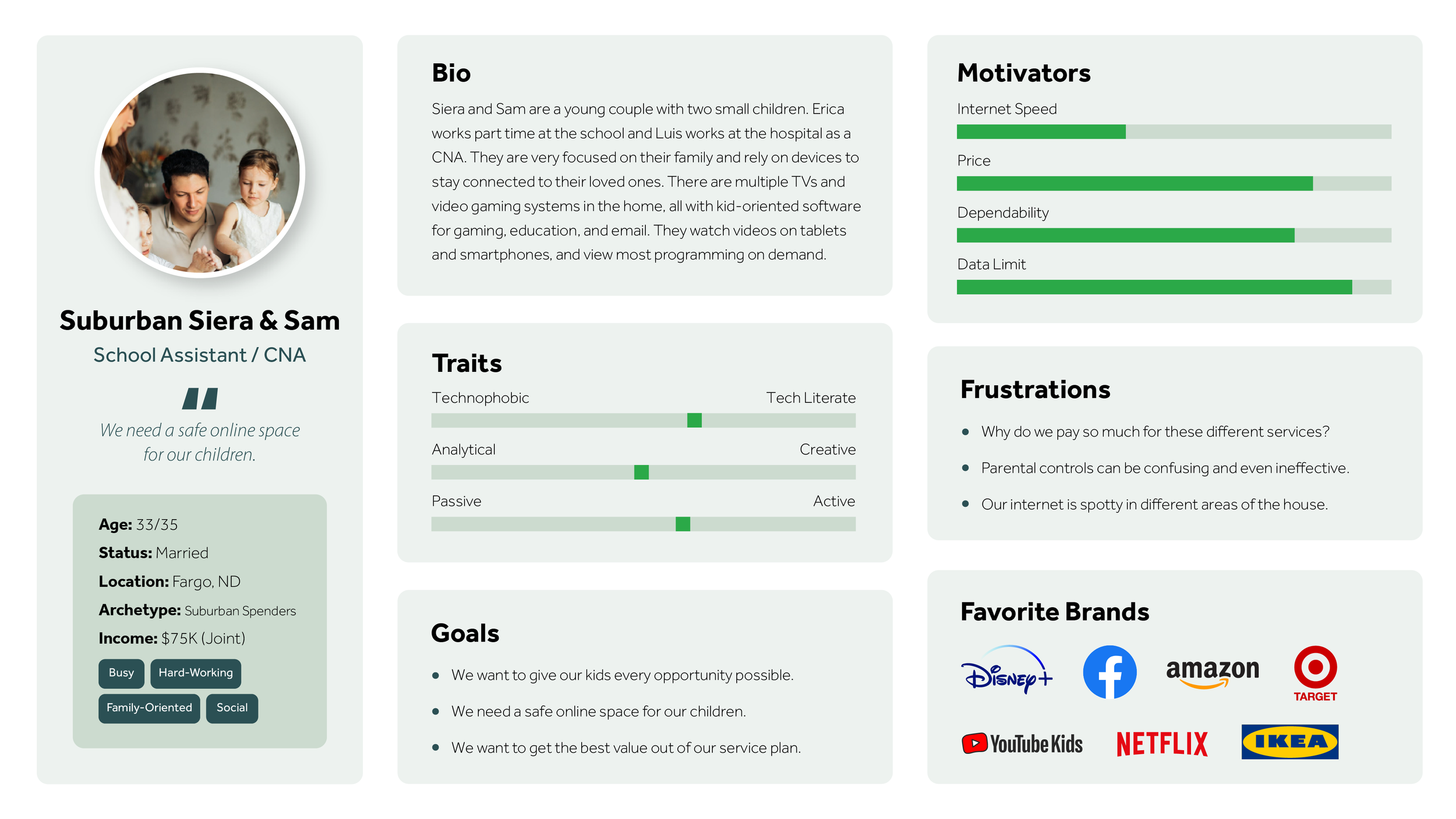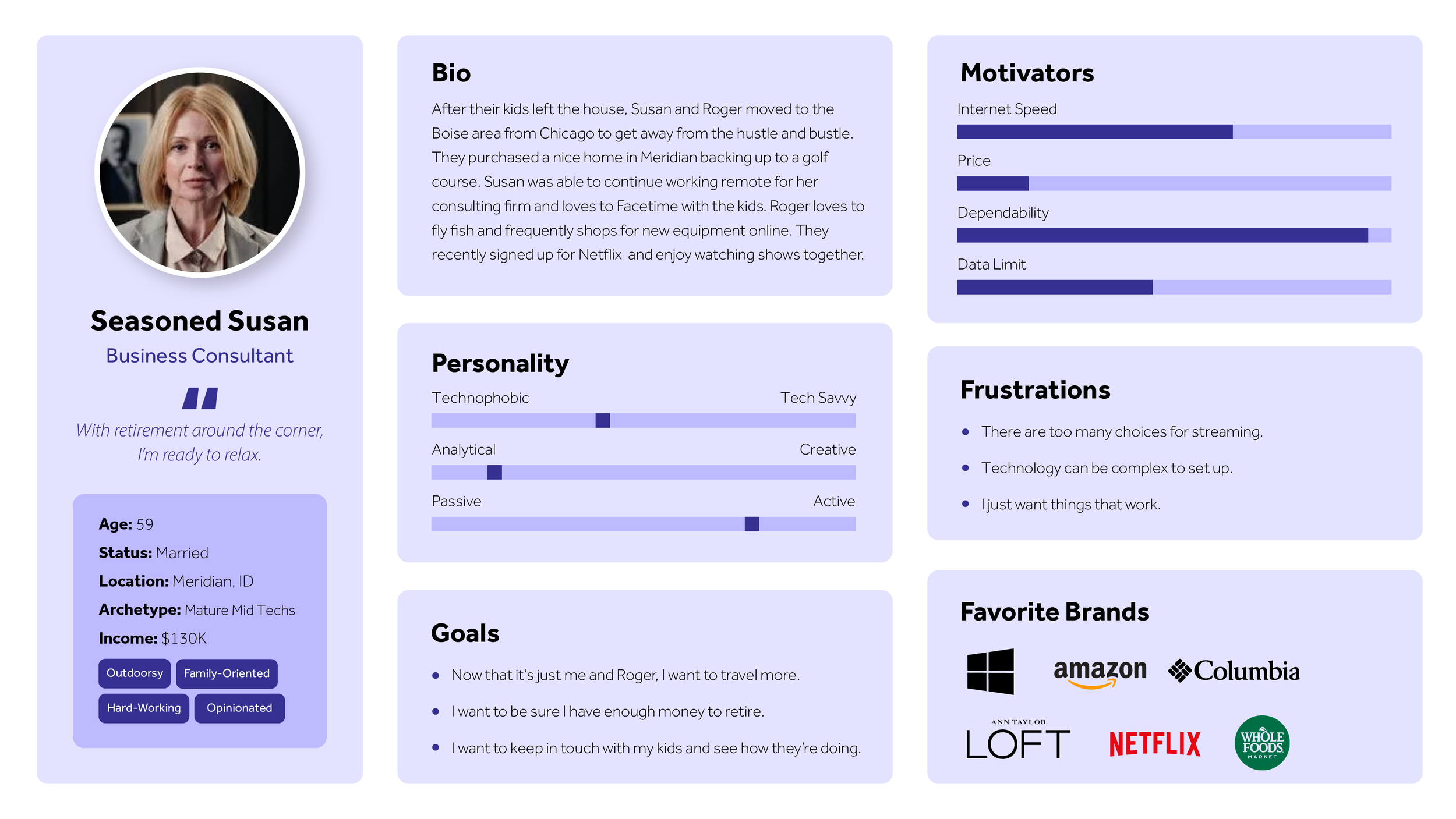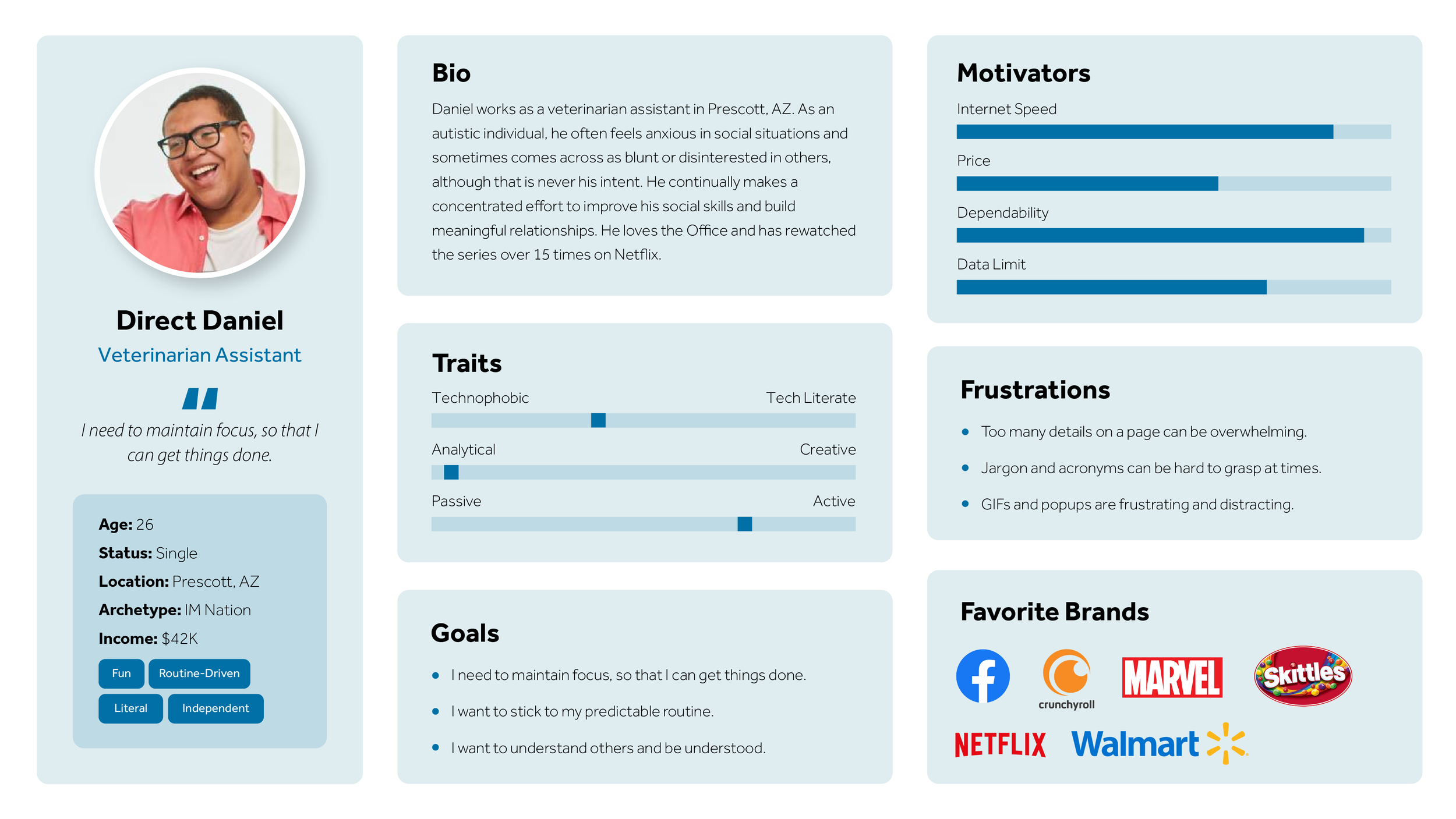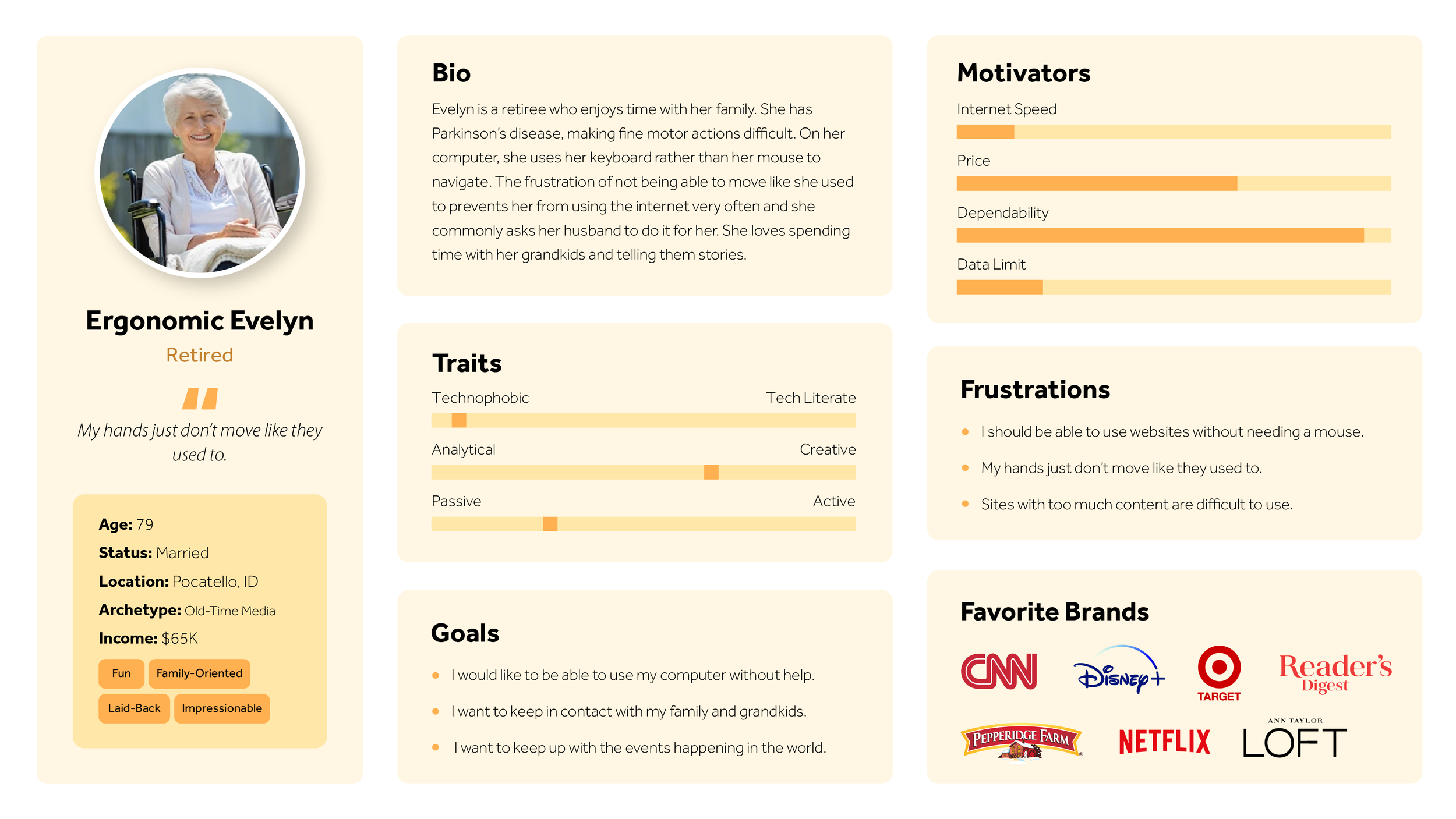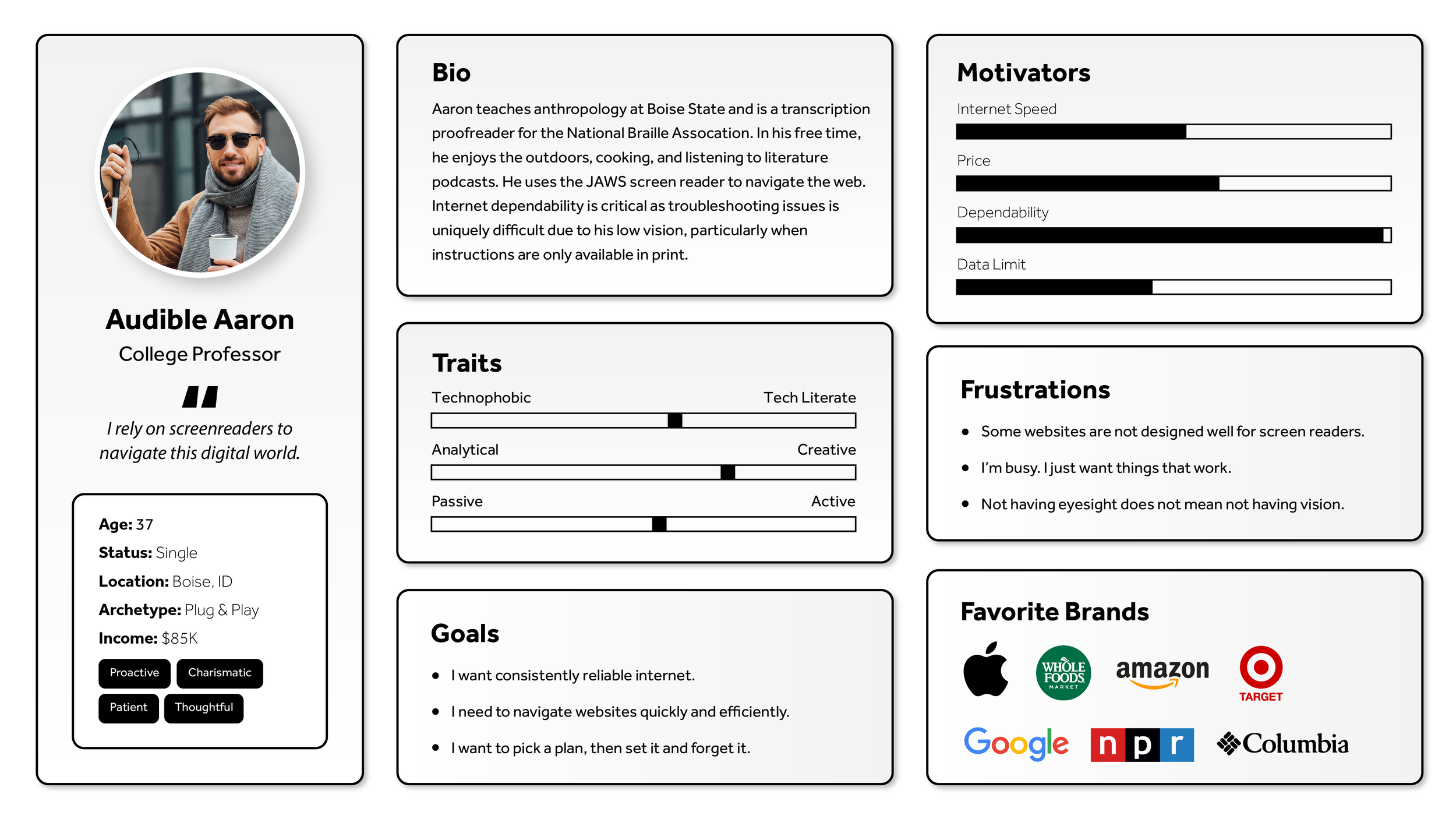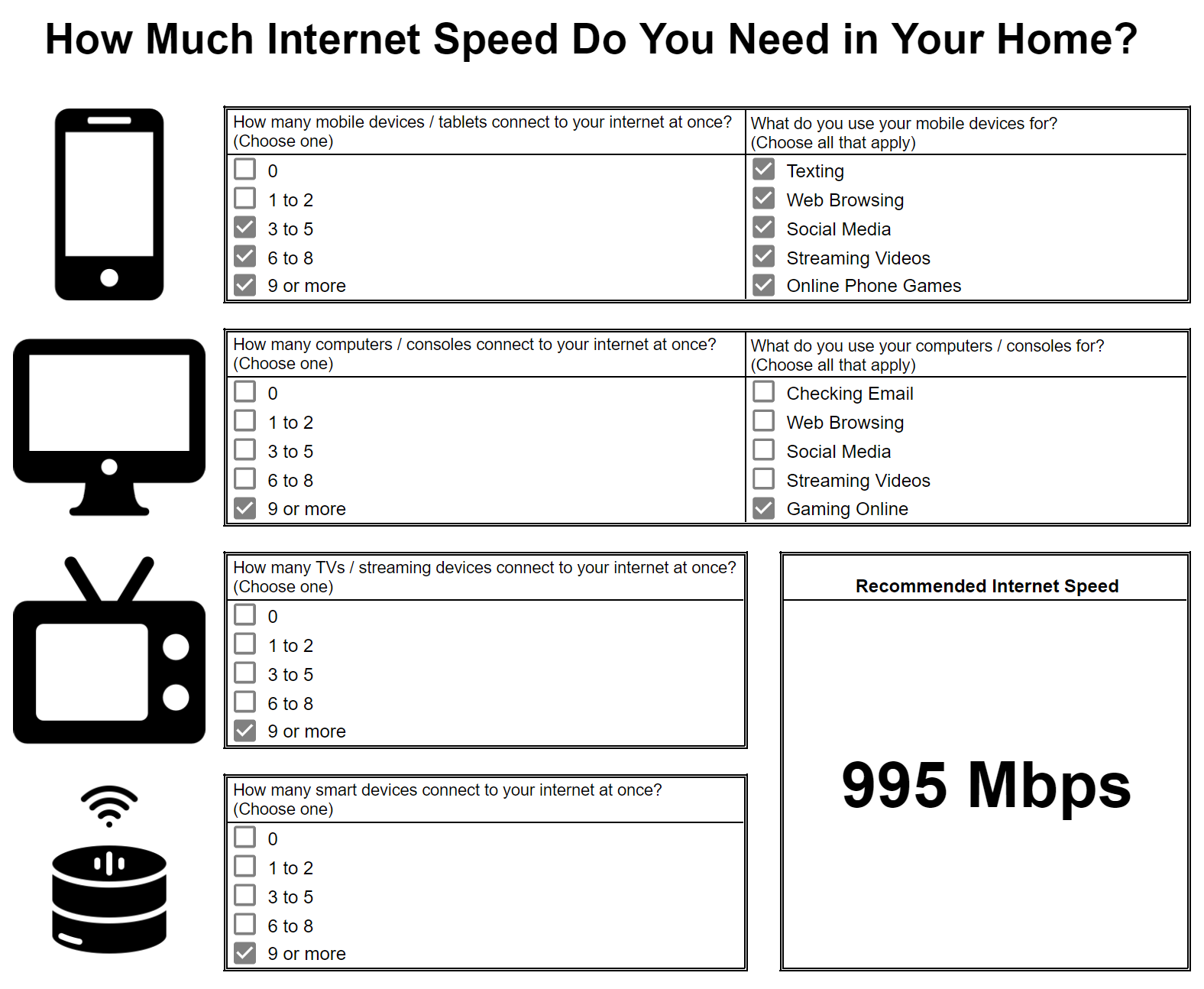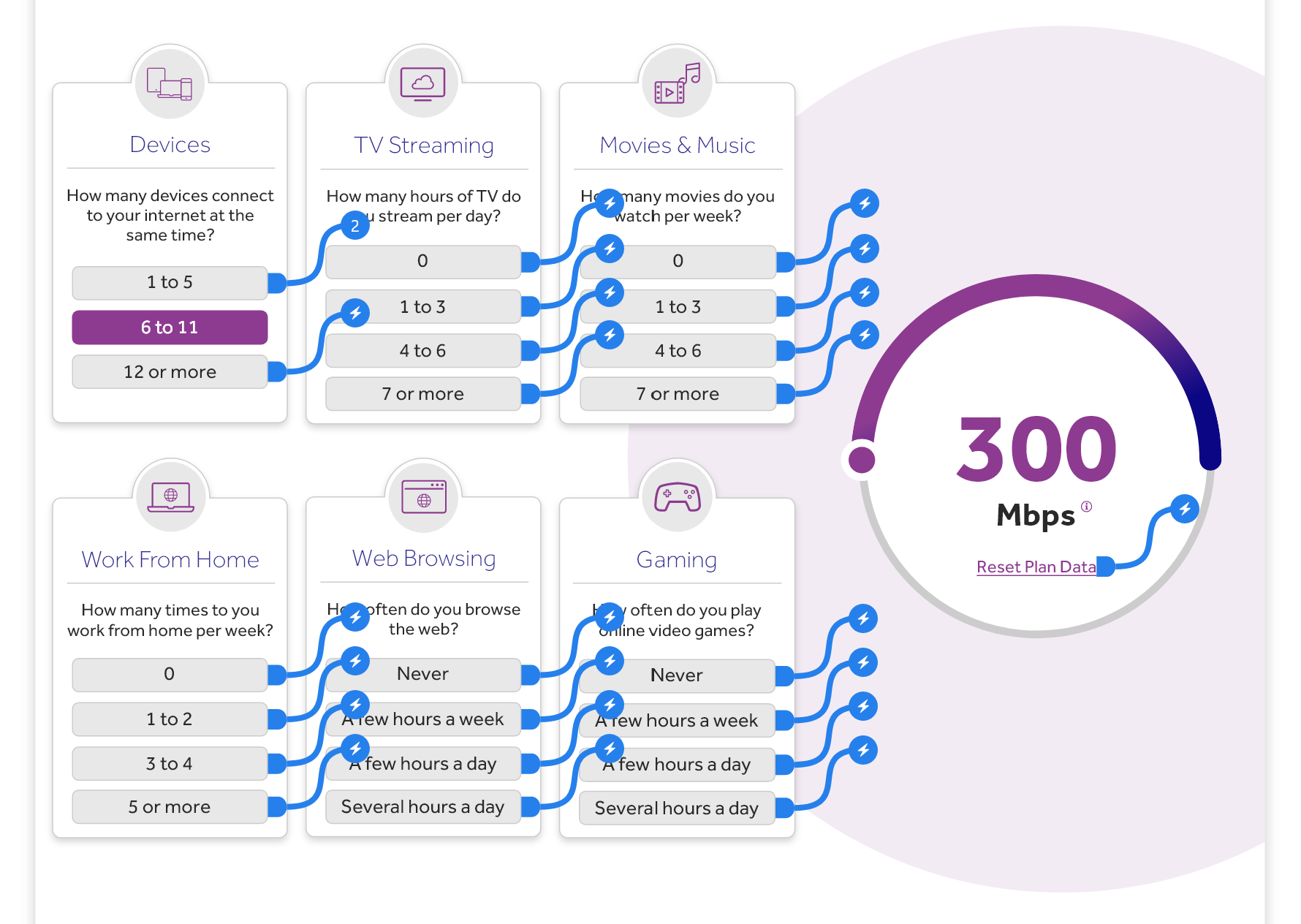UX Design Process
In scoping and managing projects, I leverage a light, moderate, or rigorous process - dependent on project requirements and time constraints.
Research Methods
Below are brief summaries of the research methods I use in my UX design process. Gaining a clear understanding of users’ needs, wants, behaviors, and expectations is critical for designing impactful user experiences.
Each method has its own strengths and weaknesses and may or may not be applicable - depending on each project’s scope and needs. As a UX manager, I train my designers on each of these methods, ensuring they understand when and where to use them before integrating their findings into their designs.
Need-Finding Research
Exploratory quantitative data
Discover user needs and interests
Broad in scope
User Interviews
Organic interviews with target demographic
Designed to discover needs and goals of users
Qualitative info to complement quantitative data
Hierarchical Task Analysis
Visual diagram depicting tasks and subtasks
Map user processes
Pinpoint critical paths and problem areas
Heuristic Evaluation
Evaluate usability using list of best practices
Formal report
Valuable in setting and measuring benchmarks
Quantitative Analysis
Large datasets
Data gathered from various sources
Web analytics
In-house data
App usage APIs
etc.
SQL transforms for more complex calculations
Macro view of website traffic
Data organized into clear actionable reports
Personas
Fictional people who represent true data-backed traits of target users
Data gathered from user interviews, analytics data, surveys, etc.
Used to inform design decisions and drive user empathy
A/B Testing
Used to determine the design best optimized for conversion rates
Best suited for business needs and marketing goals
Other Research Methods
Cognitive task analysis
Comparative assessment
Stakeholder analysis
Event tree analysis
User sentiment surveys
etc.
Ideation Methods
Below are brief summaries of ideation methods I use in my UX design process.
Iterative Wireframing
Start simple
Determine the flow and layout
Fast edits
Design reviews
Rapid testing
Prototyping
Low to medium fidelity to make quick edits easy
Varying levels of interactivity
Used for initial usability testing
High-Fidelity Designs
High-fidelity design
Follows design system and brand guidelines
Includes all relevant information and metadata for dev hand-off and implementation
Testing and Refinement
Below are brief summaries of testing and refinement methods I use in my UX design process to continually improve designs once they are implemented.
Informal Usability Testing
Quick observational session with user
Participants can be anyone
Coworkers
Friends
Anyone who has not seen the design yet
1-8 participants needed
Can be recorded
Test moderator takes notes they feel are relevant
Formal Usability Testing
Full test script with clear scenarios and tasks
Pre and post-test questionnairs
Minimum 6 participants
Recorded
Participants are recruited to match target demographics
Observations sheets prepared with expected paths
Test moderator takes detailed notes
Test Analysis
Summarize findings
Qualitative: sentiment, pain points, etc.
Quantitative: time to complete, success rates
Define list of recommendations
Adjust design
Repeate
Design Review
Review & discuss designs with the team
Anecdotal recommendations
Application of heuristic knowledge
Lean and practical









